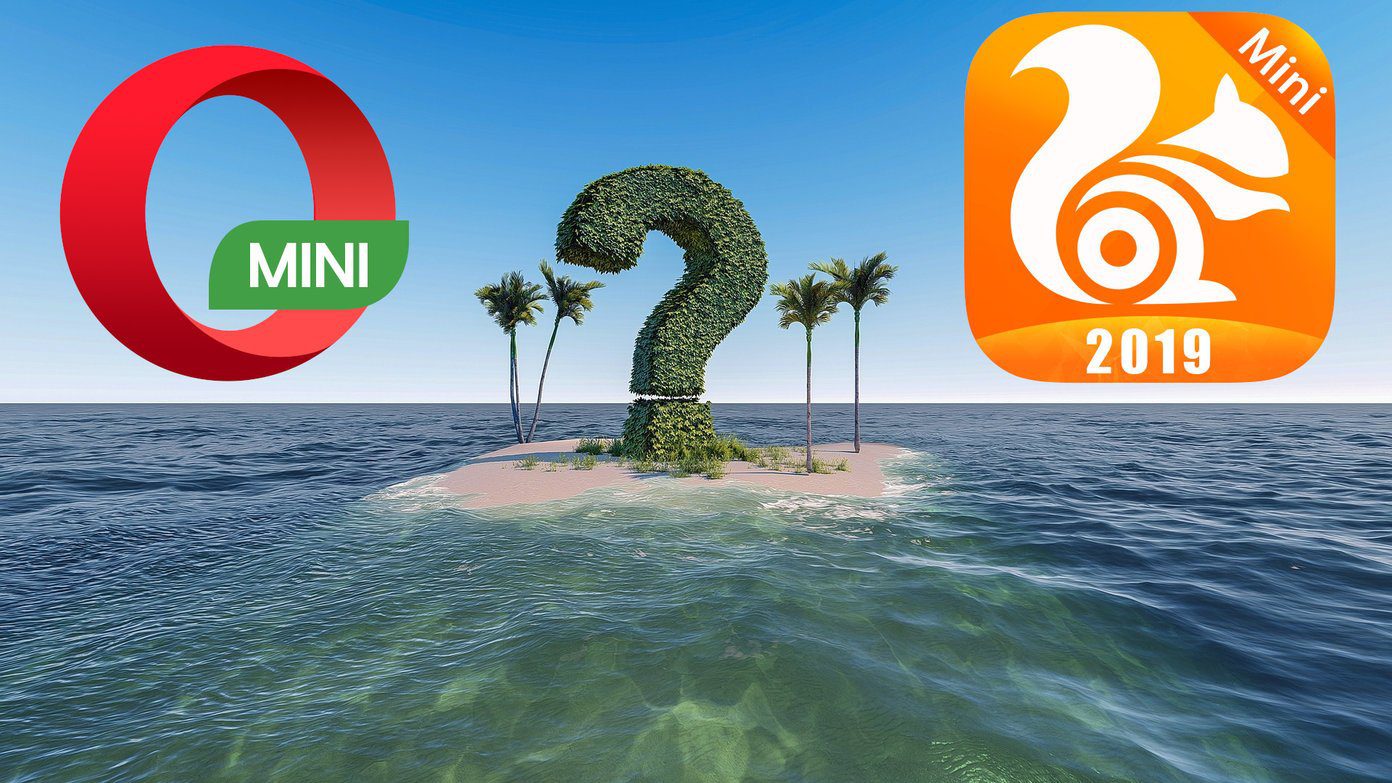In hindsight, I’m very glad that I was taught this method, because it helped me to think on a more holistic level, which as I learned later in life, was essential for creative thought processing and ideation (and even more effective studying [PDF]). The only downside to mind mapping was the time it took to create one, and how easily it could be lost or damaged. I hated coloring in my circular boxes and carefully placing clouds here and there so that they wouldn’t collide with other ones. Isn’t there a faster, easier solution? Blumind is a free piece of software that organizes mind maps on your computer. It comes as a .exe file so you could also easily use it from your portable pen drive. Upon first using it, I guess you could say Blumind blew my mind. 😉 (It was setting me up, I had to go for it!)
In this overview screenshot, you can see the four main parts of Blumind: The tools are relatively standard ones. I’ve highlighted the ones most important to mind mapping: adding topics, subtopics, links, icons, remarks, progress bars, select mode, scroll mode, and zooming in and out (respectively).
As you can imagine, topics are parents of subtopics. Here’s are two great quick shortcuts: clicking a topic and pressing enter will allow you to create a new topic, whilst clicking a topic and pressing tab will allow you to create a new subtopic. Links allow you to connect two topics or subtopics, icons can be embedded into topics for easier memorization or recognition, remarks can be added for clarification and emphasis, progress bars can be added to a topic or subtopic to indicate completion (although I’ve never used it), and select mode and scroll modes are used to navigate around the mind map. Objects include links, topics, and subtopics. This menu gives you a very easy way to generally get an idea of how topics are organized. It also allows for quick selection, which will be useful for larger mind maps with a lot of convoluted links, topics, and connections.
The Properties tab allows you to change properties of objects, like topics and subtopics. Here you can adjust colors, outlines, and all sorts of other qualities of any selected object.
Last, but certainly not least, is the mind map itself.
You can see the mind map is very much to standard — the font is easy to read by default, and lines are clear enough to indicate which branch leads where. I was taught to adjust all my branches to have the same color for easier organization and better retention, so that’s what I did with this — by adjusting background color in the Properties tab, I was able to do this to specific topics with a single click. If you’re looking for a way to quickly create organized and powerful mind maps, have a look at Blumind. It’s a great piece of freeware, and it’s definitely dead useful for idea organization and creation! Conversely, if you need a method to collect links and make notes when you’re browsing, have a look at Memonic. The above article may contain affiliate links which help support Guiding Tech. However, it does not affect our editorial integrity. The content remains unbiased and authentic.











